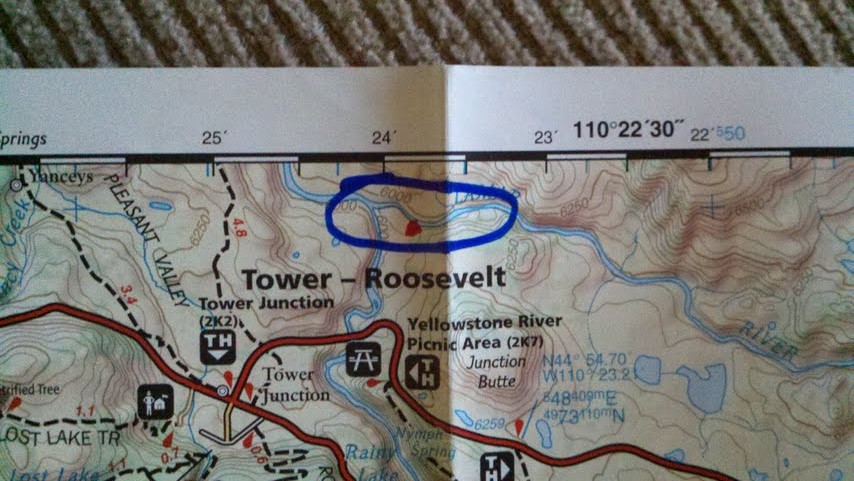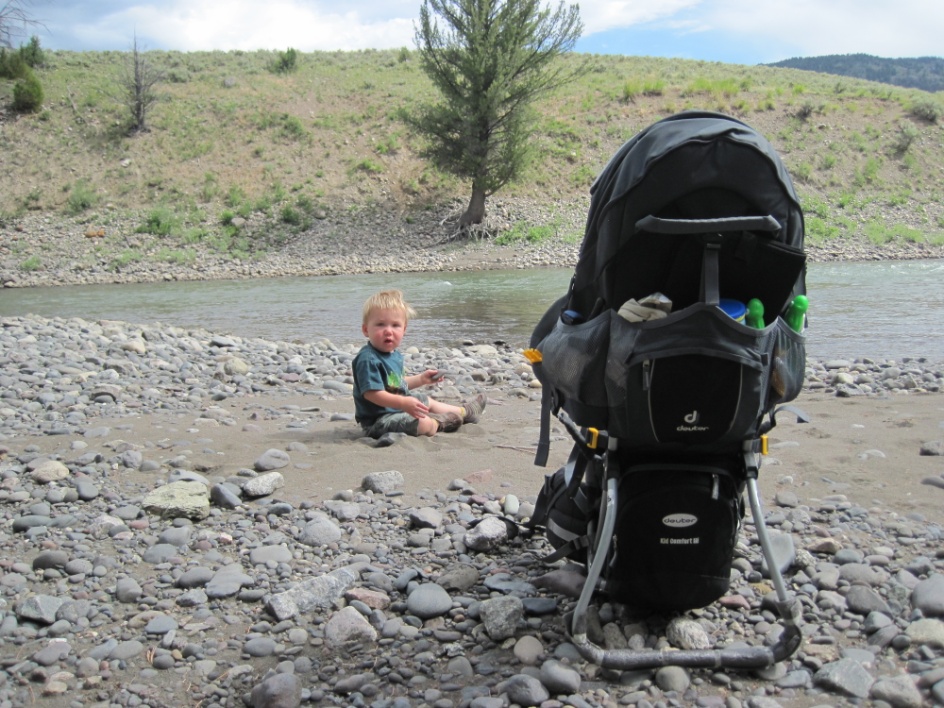Here is an excerpt out of the "Yellowstone's Backcountry Cutthroats" about how to get to Yellowstone National Park if you can't just drive in a couple of hours. If you're thinking about that trip for this summer, now is the time to start looking at airfares to save money.
If you like this portion, you can get the whole book on Kindle or Amazon.com for a hard-copy.
*************************************************
Get To The Trailhead
Getting to your
trailhead is not as straight-forward as you might think. Obviously, you can get
in a car at your home and drive straight there. But, some people fly into area
airports and rent a car from there. You could also drive to a gate city and get
a shuttle for out-and-back trips, loop trips, or for trips that have different
start and end trailheads.
The biggest
issue with planning your arrival at the trailhead is the amount of time it
takes to get through the park. The speed limit is 45mph on the roads, so that
is significantly slower than 75mph on an interstate. Then there are the
bear-jams, which are traffic jams caused by people stopping on the side of the
and walking in the middle of the road so they can see a bear, wolf, and the
elk. You might also get “stuck” behind a massive RV travelling 35mph.
At night, you
should plan on driving only 35mph because most other drivers will be driving
that speed, and it’s probably a smart thing to do so you don’t hit an elk on
the road, which will definitely ruin your trip (at best). Driving slowly should
also be considered as a respect to the wildlife, such as your chances of
hitting one and killing it are reduced if you’re driving more slowly.
You can fly into
an airport and rent a car. Salt Lake City is the closest hub airport, and
Jackson, WY and West Yellowstone, MT are the closest airports. Jackson airport
is about forty-five minutes from the south entrance, and West Yellowstone is
right next to the west entrance. Both end up adding about $200-$300 onto the
overall price of a flight, but depending on your specific situation, it might
be worth it to fly into those cities instead of Salt Lake.
I have not flown
to Yellowstone National Park because I live a 2.5 hour drive from West
Yellowstone. Considering the amount of time it takes to drive from an airport
to the park, you’re probably better off driving to the park in your own car if
you are less than ten hours away.
Considering the
time it takes to get to your own airport, get through security, wait for your
plane, fly, and then get your rental car and then drive the four hours to the
park…..well, you can see that that’s already about eight hours of your time.
Having your own vehicle provides much more flexibility for you during your
trip, including seeing a few other National Parks or fishing areas on a bigger
summer trip. You might want to stay longer or have to go home. Logistics can be
expensive if not done right and done without consideration for flexibility.
You could also
get a car shuttle from one of the various providers in the area. I don’t
provide a list of the providers because it seems they always come and go each
year. Your best bet is to search the internet. In four years, I have not
successfully coordinated a shuttle service, except one.
The shuttle
service I was successful with is a great service at the Lake Marina that can
shuttle you and your canoes to Promitory Point, making a trip to the upper
Yellowstone River (above the lake) feasible in one day going in and only one
day going out instead of a minimum of two days getting in and two days getting
out. It’s a bit expensive, but if you want to be in the area that is known as
the area in Continental U.S. that is farthest from any road, it works very
well.
There is no
basic bus service inside the park. If you’ve been to Yosemite or Zion National
Parks and loved the bus system, you should be sorely disappointed that kind of
bus service is not available in Yellowstone. There are many tour busses, but no
shuttle busses.

 Canon PowerShot D10 12.1 MP Waterproof Digital Camera with 3x Optical Image Stabilized Zoom and 2.5-Inch LCD
Canon PowerShot D10 12.1 MP Waterproof Digital Camera with 3x Optical Image Stabilized Zoom and 2.5-Inch LCD Canon PowerShot D20 12.1 MP CMOS Waterproof Digital Camera with 5x Image Stabilized Zoom 28mm Wide-Angle Lens a 3.0-Inch LCD and GPS Tracking (Blue)
Canon PowerShot D20 12.1 MP CMOS Waterproof Digital Camera with 5x Image Stabilized Zoom 28mm Wide-Angle Lens a 3.0-Inch LCD and GPS Tracking (Blue) Nikon COOLPIX AW100 16 MP CMOS Waterproof Digital Camera with GPS and Full HD 1080p Video (Orange)
Nikon COOLPIX AW100 16 MP CMOS Waterproof Digital Camera with GPS and Full HD 1080p Video (Orange)






















